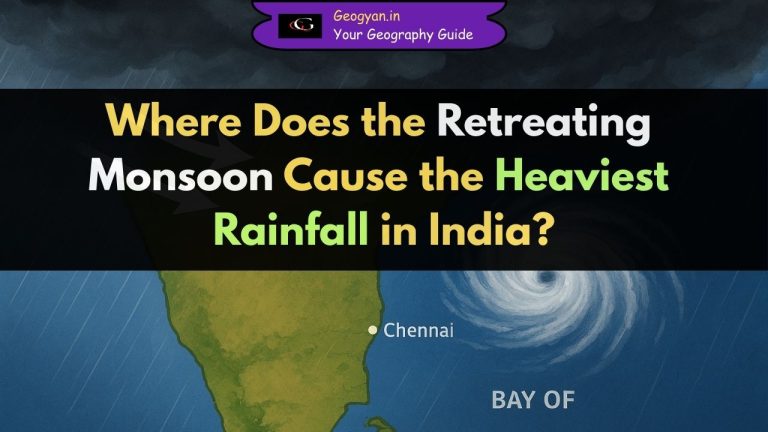Overview and Geographical Facts
- Unique Location: Only Great Lake entirely within the United States.
- Borders: Michigan (east), Wisconsin (west), Illinois (southwest), Indiana (southeast).
- Dimensions:
- Length: ~321 miles (517 km)
- Width: ~118 miles (190 km)
- Surface Area: ~22,300 square miles (57,757 square km)
- Maximum Depth: 923 feet (281 meters)
- Elevation: 579 feet (176 meters) above sea level
- Significance: Supports ecosystems, moderates climate, impacts regional agriculture, and drives economic activity.

Physical Characteristics and Climate Impact
- Climate Moderation: Large water volume stabilizes shoreline temperatures.
- Agriculture Benefits: Favors crops like apples, cherries, and grapes by extending growing seasons.
- Seasonal Freeze:
- Harbors freeze from December to April.
- Only 10-20% of the lake’s surface typically freezes in winter.
- Microclimates: Impact daily and seasonal weather patterns around the lake.
Historical Significance and Indigenous Roots
- Indigenous Name: “Michigami” meaning “big lake” by Native American tribes.
- European Discovery:
- First sighted in 1634 by Jean Nicolet.
- Further mapped by Louis Jolliet and Jacques Marquette.
- 19th Century Importance: Key route for western settlers and foundational for shipping, lumber, and urban development in cities like Chicago and Milwaukee.
- Modern Significance: Preserved in numerous heritage and conservation sites.

Ecological and Environmental Aspects
- Flora and Fauna: Initially rich in species like lake trout and whitefish.
- Impact of Invasive Species: Zebra mussels, sea lampreys disrupted ecosystems, affecting biodiversity.
- Conservation Efforts:
- Reintroduction of native species like lake trout and salmon.
- Management programs to control invasive species and protect water quality.
- Pollution Concerns: Industrial and agricultural runoff leading to harmful algal blooms.
Economic Importance and Human Activities
- Shipping and Transport: Part of the Great Lakes–St. Lawrence Seaway, vital for transporting raw materials.
- Major Ports: Chicago, Milwaukee, Green Bay as hubs of international trade.
- Tourism and Recreation: Popular for boating, fishing, and swimming, supporting local economies.
- Fishing Industry:
- Commercial and recreational fishing remain significant.
- Impacted by invasive species but adapted to conservation regulations.
Quick Facts
| Category | Details |
| Length | 321 miles |
| Width | 118 miles |
| Surface Area | 22,300 square miles |
| Average Depth | 279 feet |
| Maximum Depth | 923 feet |
| States Bordering | Michigan, Wisconsin, Illinois, Indiana |
| Major Rivers | Manistee, Muskegon, Kalamazoo |
| Major Ports | Chicago, Milwaukee, Green Bay |
| Notable Islands | Beaver Island |
| Year Discovered by Europeans | 1634 |
| First European Explorer | Jean Nicolet |
Important Points for Competitive Exams
- Unique Feature: Only Great Lake entirely within U.S. borders.
- Agricultural Role: Temperature moderation supports unique crops like cherries and grapes.
- Invasive Species: Zebra mussels, sea lampreys altered the ecosystem.
- Economic Contributions: Shipping, tourism, and fishing key to regional economy.
- Conservation Focus: Pollution control, invasive species management, native species reintroduction.
Conclusion
Lake Michigan is an essential natural resource with complex ecological, economic, and cultural significance. The lake’s impact on local climates, support for diverse ecosystems, and contributions to economic activities such as shipping and tourism underline its importance. However, challenges such as pollution, invasive species, and habitat loss continue to threaten Lake Michigan’s health. The balance between preserving its natural state and supporting human activities is crucial to maintaining its vitality for future generations.





























